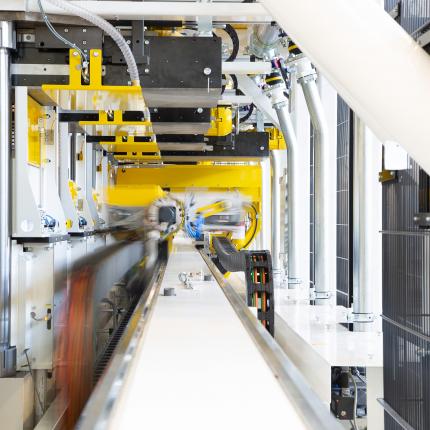Carbon-Composites
Carbon-Composites or graphite-polymer composite materials, also known as graphite-polymer composites, are used in fuel cell technology, particularly in bipolar plates of LT-PEM (low-temperature polymer electrolyte membrane) and HT-PEM (high-temperature polymer electrolyte membrane) fuel cells.
Bipolar plates are an important component of fuel cells as they serve as both an electrical conductor and a mechanical support. They connect the individual membrane electrode assemblies (MEAs) in a fuel cell and ensure a uniform distribution of water and oxygen.
Graphite-polymer composite materials are particularly well-suited for use in bipolar plates because they have high electrical conductivity and are mechanically stable. They consist of graphite, a highly conductive material, and a polymer that holds the graphite particles together and protects the bipolar plate from breaking.
An important advantage of graphite-polymer composite materials is their long lifespan. Overall, graphite-polymer composite materials help improve the efficiency and reliability of LT-PEM and HT-PEM fuel cells. They enable maximizing the performance of fuel cells while reducing costs. Therefore, they are an important component of the developing fuel cell technology.
Another challenge is the development of technologies for automating and optimizing production processes to reduce costs and improve the quality of produced materials.
Successful implementation of these measures could help increase the use of graphite-polymer composite materials in fuel cell technology and other areas and move the technology into a mass market.
IAG is cooperating with partners to create solutions that will allow future mass applications. Throughout our development projects, we collaborate with our clients to use development tools and different types of materials to approach the final solution, ultimately producing a machine for mass production.



